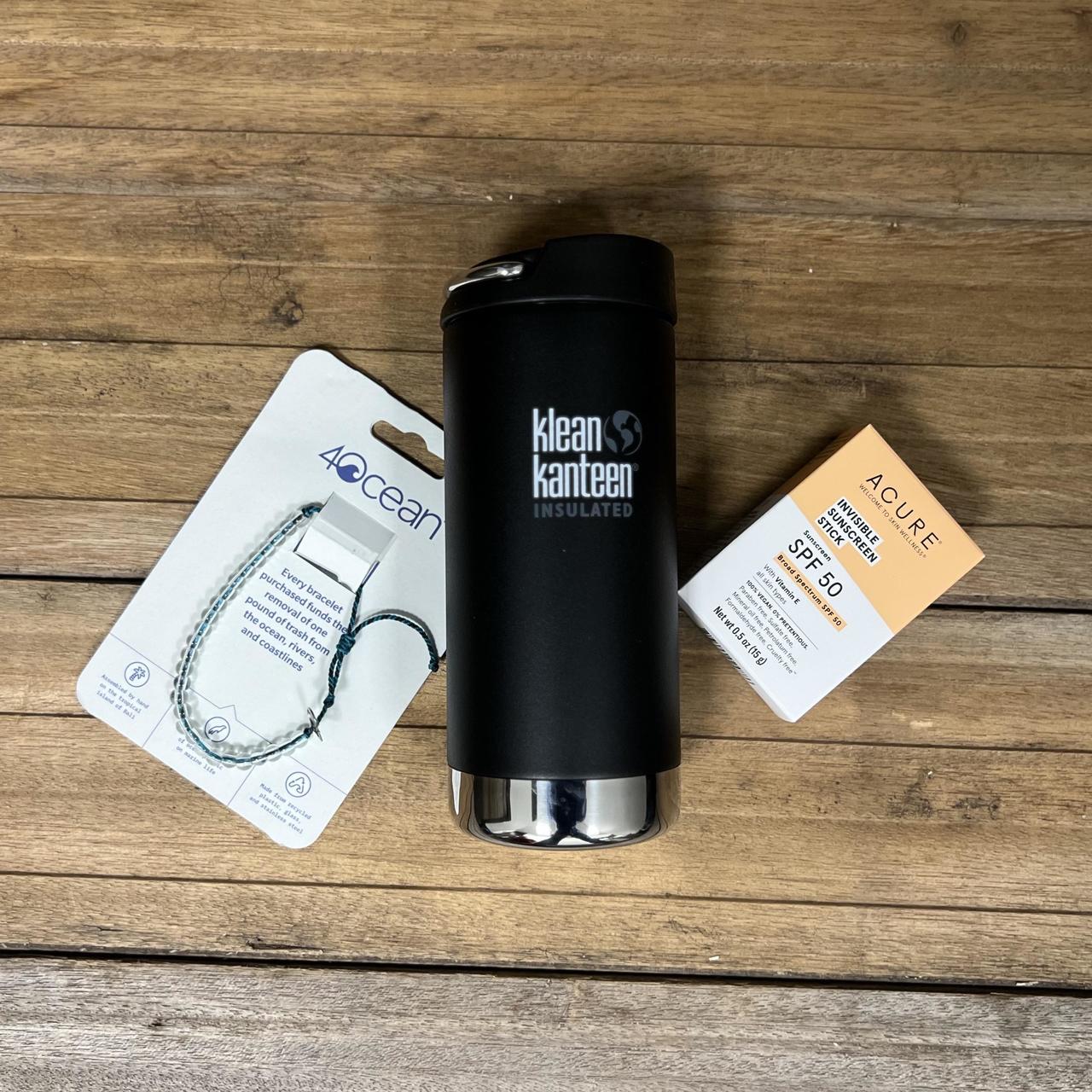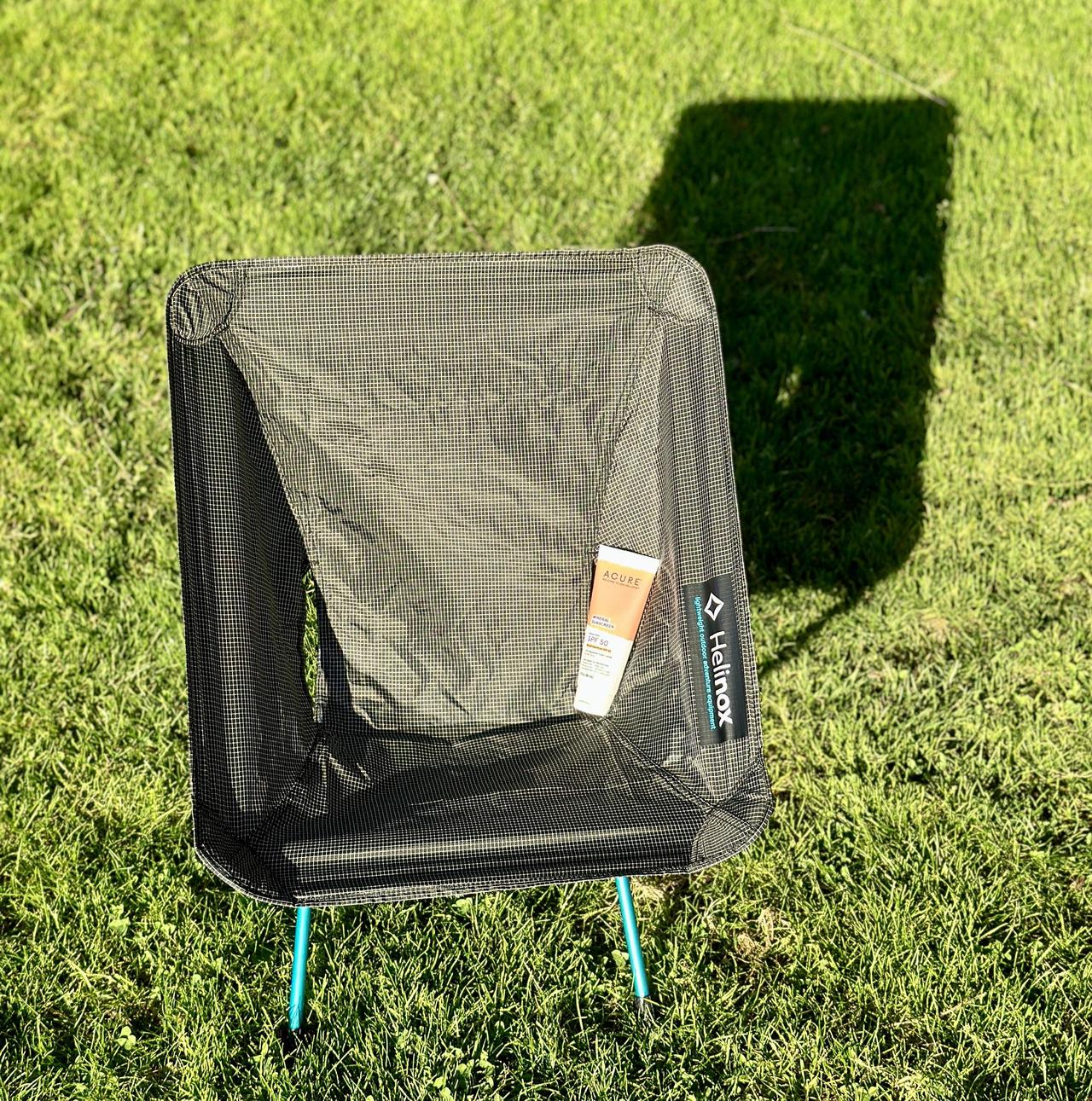Oceans
Why is ocean health critical?
In 1972, the first full image of Earth, “The Blue Marble,” was taken from space, becoming an iconic symbol that amplified the growing environmental movement. Oceans cover over 70% of our planet, stretching into vast depths like the Mariana Trench, nearly 36,000 feet deep, where unique creatures thrive in extreme conditions. From the smallest plankton to the largest whales, marine biodiversity is astonishing, with coral reefs—often called the rainforests of the sea—playing a vital role in ocean health.
Oceans also regulate our climate, absorbing heat and carbon dioxide, and producing oxygen through photosynthesis by marine plants like phytoplankton. Yet, despite their vastness, oceans are not immune to human impact. Pollution, overfishing, and climate change are threatening these delicate ecosystems.

The Unexplored World Below
Beneath the surface lies an incredible, mostly unexplored world—home to underwater waterfalls, lakes, and the planet’s longest mountain range. Despite being over 95% unexplored, the ocean plays a vital role in sustaining life by providing food, oxygen, and habitats for countless species—many of which remain unknown.
How Oceans Support Our Lives
Oceans play a critical role in shaping weather patterns. As they absorb heat from the atmosphere, it becomes harder for them to continue absorbing increasing amounts of carbon dioxide (CO2). Since the 1950s, oceans have stored significantly more heat, leading to more severe weather events. Warmer waters and higher CO2 levels also make oceans more acidic, harming marine life like clams and corals. Coral bleaching, caused by acidic waters, weakens coral reefs—vital protectors of coastlines and essential marine habitats. In recent bleaching events, scientists estimate that 65% of coral reefs were affected.
Oceans are also rising. In the past century, sea levels have increased by 6-8 inches due to melting glaciers, ice sheets, and thermal expansion. This rising tide impacts marine life, coastal ecosystems, and human communities, as more land is submerged.
Protecting Our Oceans Together
Many organizations are dedicated to protecting our oceans. One of our partners, 5 Gyres, works to understand and combat the impacts of plastic pollution. With over 11 million tons of plastic entering our oceans each year, reducing plastic use is essential. Look for products that are sustainable and reef safe—especially when it comes to sunscreen.
Our partner Only One provides a platform for stories and solutions that inspire ocean conservation. The fight to protect oceans is a global effort, with many countries working to establish marine protected areas. For example, in 2023, the United States and over three dozen other nations launched the Partnership for Atlantic Cooperation, aiming to preserve the Atlantic Ocean as a sustainable, resilient resource.
Taking Action for the Oceans
What we eat also matters. Industrial fishing contributes to ocean pollution and habitat destruction. If you consume seafood, consider sustainable brands that regulate catch amounts and use eco-friendly methods. Check out this resource guide for more information!
While individual actions make a difference, we also need systemic change. Advocate for environmental policies, vote for leaders who prioritize ocean conservation, and share knowledge in your community. Our oceans need all of us to act!
EXPAND YOUR KNOWLEDGE
Resources to Understand Oceans and Climate
The health of our oceans is deeply connected to the state of our climate. Understanding this relationship is crucial for protecting marine ecosystems and addressing the climate crisis. Watch, explore, and discover how oceans and climate are intertwined—and what we can do to safeguard these vital systems for the future.
CHALLENGES
Scientists estimate that there are currently 100 million metric tons of plastic in our oceans. This pollution harms, and often kills, marine life, especially when creatures ingest toxins or get entangled in plastic waste. The impact is widespread, affecting ecosystems across the globe.
SUBMIT YOUR WORK:
Bodies of water serve hidden yet vital purposes. Mangroves, for example, protect against tropical storms and rising sea levels while also sequestering large amounts of carbon from the atmosphere.
Take a deep dive into the work of marine scientists. Watch this talk from Turning Green’s Project Green Course about the challenges facing global oceans. The speakers include Dr. Fiorenza Micheli, co-director of Stanford’s Center for Ocean Solutions and a marine ecologist at the Hopkins Marine Station of Stanford University, and Fabiola Rivera Irizarry, a marine scientist in Puerto Rico working to restore coral reefs. Oceans capture nearly one-third of the carbon emitted by human activity.
PRIZES
Up to 10 Greener and 10 Greenest outstanding submissions will be selected as winners.

Each Greener Winner will receive:

Each Greenest Winner will receive: